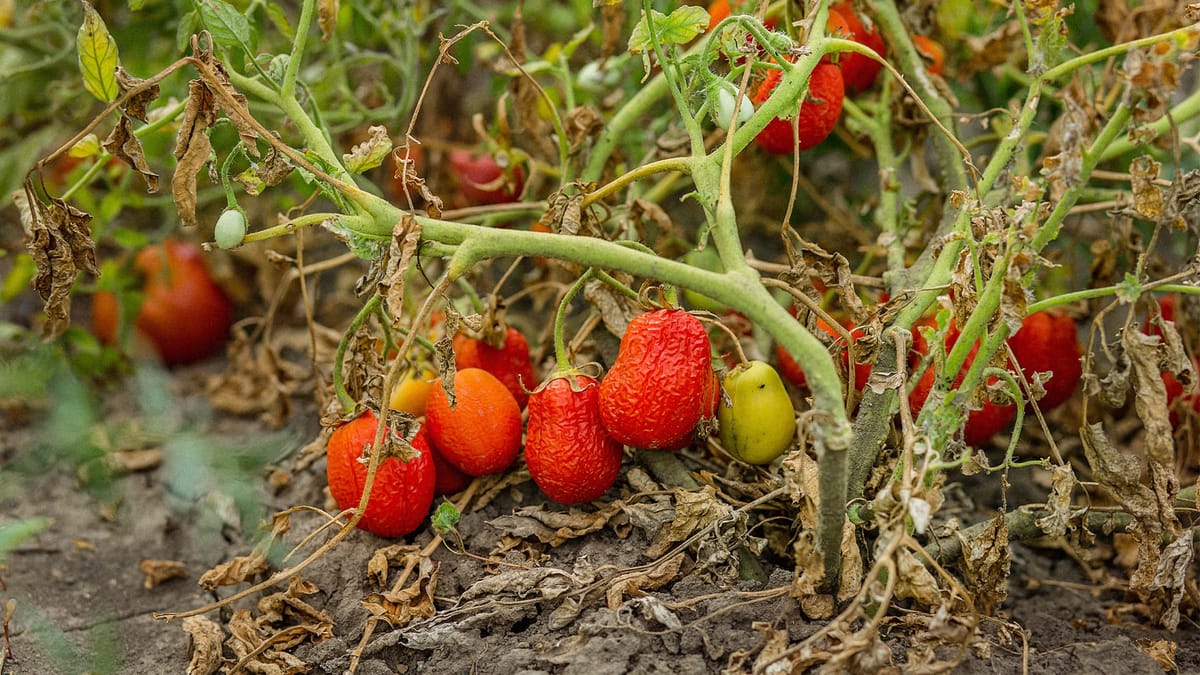Deporting U.S. Agricultural Workers: A Quick Look at Downstream Harms

It is February 2025, and mass deportation of ‘illegal aliens’ seems imminent. Even though the Biden administration deported people at record levels, the nearly 12-million undocumented, unauthorized immigrants in the USA are targets for deportations at new levels. Undocumented immigrants are are generally less likely to commit crimes than citizens or legal immigrants. The evidence of this is overwhelming. (Previously-available Department of Justice sources on these data now are unavailable.)
Our narrow question here is: What happens to the US agricultural sector, to our food supply, to farms, to towns, if large-scale deportations ensue? Note: this is a quantitative exercise, not a policy white paper.
We look at agriculture because about 40% of field workers are unauthorized immigrants. (summary data from USDA). A field of workers in the open makes for a more remote and easier target for apprehension than, say, a few isolated workers in a factory. And the issue of access to fresh, nutritious food is one that impacts all of us.
If the kind of large-scale deportations the current administration campaigned on ensue, do we face the threat of widespread scarcity of fresh foods, while crops lie wasting in fields? Will farms and farmers go bankrupt, and rural communities wither? We may, again, face that threat. We used online research and AI modeling (Perplexity/R1, Gemini Pro) to provide the basis of a quick summary of the economic consequences:
Base Assumptions
- Total unauthorized agricultural workers: 283,000
- Number to be deported: 141,500 (50% of 283,000)
- Percentage of total agricultural workforce: ~20%, based on 44% of farmworkers being undocumented. (This article and the USDA data cited above)
Here’s a brief summary of findings:
Shortages of Foods
A sudden loss of 20% of the agricultural workforce would likely lead to significant food shortages, particularly in labor-intensive crops like fruits and vegetables. California, which hosts 49% of undocumented agricultural workers, would be most affected. We can estimate:
- 15-20% reduction in fruit and vegetable production
- 10-15% reduction in dairy production
- 5-10% reduction in other crops
Increased Prices
Based on a 2014 Farm Bureau study, an enforcement-only approach to immigration could lead to a 5-6% increase in food prices (This article, also citing the USDA data cited above). Adjusting for our scenario:
- 10-12% increase in fruit and vegetable prices
- 7-9% increase in dairy prices
- 3-5% increase in other food prices
Direct Wage Loss and Impact on Rural Areas
- Total wage loss: Approximately $2.1 billion (141,500 workers* $15,000 average annual wage).
- Rural impact: Significant reduction in local spending, affecting businesses, schools, etc. in agricultural communities. The effects would be particularly pronounced in states with high concentrations of agricultural workers, such as California, Washington, Texas, and Florida.
- 7-10% of farms at risk of closure, particularly smaller family farms.
- 15-20% drop in net farm income due to lower production and higher labor costs.
Impact on Exports and Imports
- Exports: 10-15% decrease in agricultural exports, particularly fruits, vegetables, and dairy.
- Imports: 15-20% increase in agricultural imports to compensate for domestic shortages. This article explains why the US food supply is already vulnerable: “Inadequate workforces have contributed to sluggish growth in the volume of crops produced in the USA. This is especially worrying as consumer demand and consumption for fresh fruits and vegetables has increased in recent decades. This has led to a higher reliance on food imports to meet American consumer demands for fresh produce.” One can reasonably debate whether US consumers pay too little for fresh food, and eat and waste too much, while having a diet too biased toward sugars and processed foods, but that is not the point of this note.
Total Impact on GDP
- Direct agricultural GDP loss: $8-10 billion (based on agriculture's $175 billion contribution to GDP).
- Indirect effects (supply chain, reduced consumer spending): $12-15 billion.
- Total estimated GDP impact: $20-25 billion reduction.
Setting aside the data, we must recall from our own history of just 90 years ago:
“There is a crime here that goes beyond denunciation. … children dying of pellagra must die because a profit cannot be taken from an orange. And coroners must fill in the certificate- died of malnutrition- because the food must rot, must be forced to rot.” John Steinbeck, The Grapes of Wrath, published in 1939, set in the Great Depression. Pellagra is a severe disease caused by lack of Niacin, vitamin B3.
This Calx Quick Dip note was created by a combination of human research, augmented by Perplexity/R1 and Google AI Studio running Gemini. We welcome input, and critique, particularly from agriculture and food supply experts, activists and economists.
Comments ()